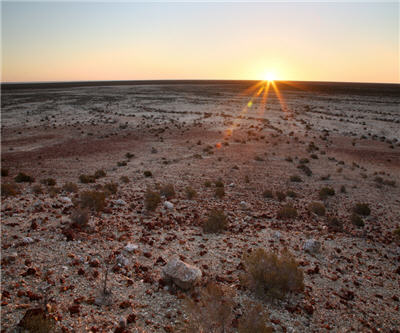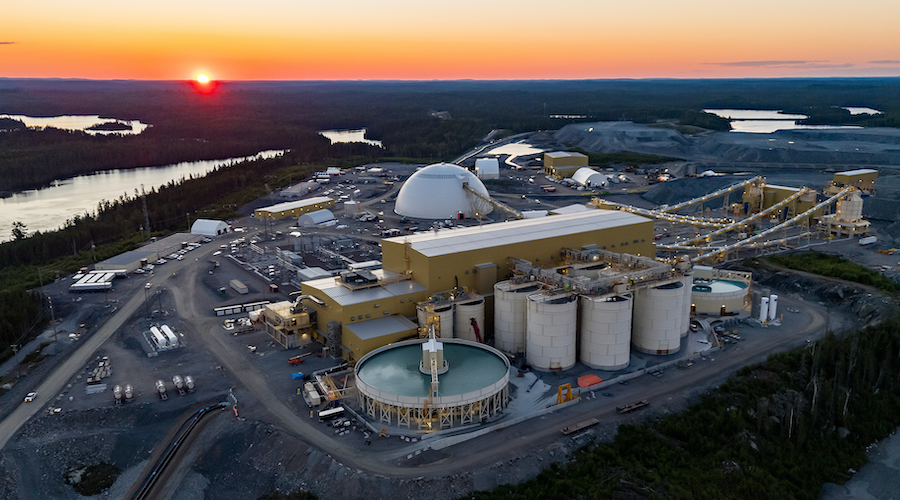Rio upping Pilbara iron ore output another 70m tonnes

Rio Tinto (LON:RIO) is on track to increase iron ore production at its Pilbara mines 21% to 290 million tonnes this year.
Now it emerges that the company, number two iron ore producer behind Brazil’s Vale (NYSE:VALE), is injecting a further $5 billion into its Australian operations to take annual capacity to 360 million tonnes.
IOL reports new Rio Tinto CEO Sam Walsh – who used to head up the Anglo-Australian giant’s iron ore division – told investors and analysts the company’s board is likely to approve the expansion in the fourth quarter barring “significant changes to the global demand-supply situation”.
Despite setbacks Rio also remains committed to its Simandou iron ore project in Guinea with partner Vale which has name-plate capacity of 95 million tonnes per year.
If the expansion plans go through it would catapult London-listed Rio to the top of the rankings, but Vale is itself following an aggressive growth strategy.
Vale’s output is expected to decline slightly this year to under last year’s 320 million tonnes, but its Carajas expansion and Sera Sul project will add 30% to its capacity. The Brazilian giant is confident it can achieve 402 million tonnes production by 2017.
The industry’s other big producers – Fortescue Metals Group (ASX:FMG) and BHP Billiton (LON, ASX: BHP) – are also ramping up production.
BHP Billiton in on track to up production this year by 5% to 183 million tonnes and FMG will add 40 million tonnes this year to become a 155 million tonnes annual producer.
China’s producers struggle with the highest cost base in the industry, but 66 domestic projects are currently under construction which could be bring 435 million additional tonnes to market by 2020.
At the same time India, which has seen exports fall from over 100 million tonnes to close to zero over the last few years, has been lifting its self-imposed ban on iron mining and could be adding to world supply again over the coming years.
The aggressive growth strategy by the big producers come despite a fall in the price of iron this year and warnings of further declines as the new supplies come on stream.
The benchmark CFR import price of 62% iron ore fines at China’s Tianjin fell to below $130 a tonne last week to lows last seen in December.
But even at levels below $100, the big producers can still make good money thanks to low output costs, particularly the mines in Western Australia.
With cost of production between $40–$50 a tone at BHP and Rio, iron ore remains by far its most profitable divisions.
{{ commodity.name }}
{{ post.title }}
{{ post.date }}




Comments